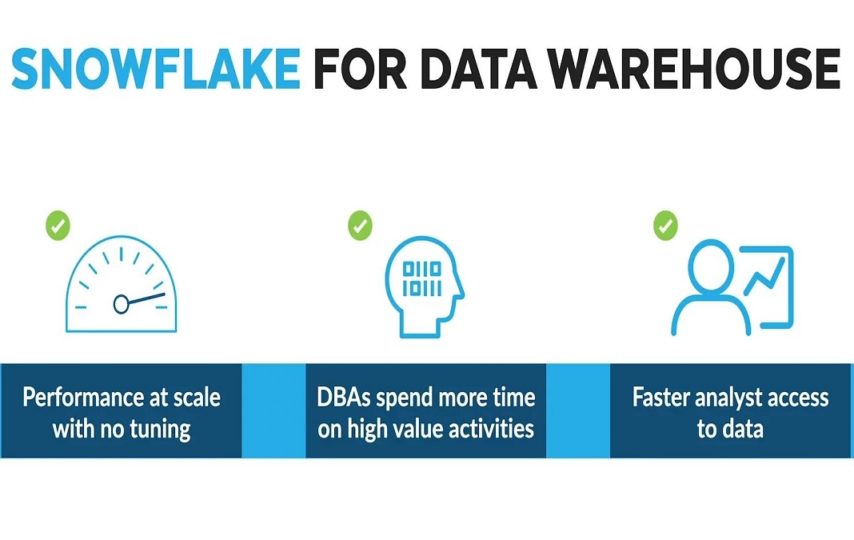Did you know every single day was in 2021, 2.5 Quintilian bytes of data will be created and stored? This information might as well have fueled innovation and improved business results; yet, since it is scatter and needs a defined data implementation plan, it has mostly stayed dormant in silos.
Bringing Data Silos Together
Enterprises utilize a variety of apps to manage the many aspects of their day-to-day operations. These applications are often utilize across a complete business; in aspects such as customer service, sales, accounting, advertising, development, operations, and other departments, among others. Furthermore, social media, Internet of Things devices, SaaS solutions, and Smartphone apps all contribute to an exponential increase in data volume. These apps are responsible for the formation of data silos in the majority of businesses.
When corporate data is segregate in this manner, it leads to a lack of communication among management and between business procedures. Data silos cause key choices to be made on insufficient information when your data is segregated. According to Research Gate, over seventy percent of corporate business operations executives believe integration is crucial to the success of their organizations’ current operations.
Data is evolving, and it’s changing fast
In contrast to previous generations, data now arrives in a variety of formats and from a variety of platforms or sources. The data must be accurately integrate into a shared platform; where it may convert to provide actionable information. All big data enterprises have implemented the finest data integration solutions and are collaborating with platforms. They will provide actionable insights from their large data sets of disparate sources.
In recent years, it has gotten simpler to combine data from diverse systems and discern patterns among them. However, before delving further into the topic, it is necessary to understand what Data Warehousing strategy is. Listed below are a few ideas that may help businesses make the most of the new cloud data warehouse environment.
1. Citizen data engineers must be Empower
Teams may now do a wider range of data processing operations in SQL; including those for large amounts of unstructured data and semi-structured data. Data engineering has grown more accessible as SQL skills have been more widely available. In addition, it is becoming simpler to exchange data. For example: A Snowflake user may publish data sets in distinct, controlled collections; making them available to data consumers such as business partners, customers, suppliers, and other knowledge workers.
2. The provision of an unambiguous
Everyone in an organization may make conclusions about the status of the company based on the same information; if they all use the same data. Because more citizen data scientists may provide value, this degree of ubiquitous access lowers the strain on information technology.
3. Set up curation management
Because you aren’t held down by having to create every piece of content yourself; curating material is an excellent approach to maintain a content marketing strategy without having to spend a significant amount of money or time on it.
4. Take a look at things from various angles
According to popular belief, data warehouses are enormous, bulky data vaults that are difficult to manage, making them unsuitable for real-time analytics and decision making.
5. Analyze and comprehend data
It is a central repository where information is gather from many data sources and stored in a structured fashion. To get the most possible benefit from a data warehouse, the information includes inside it must be clean, accurate, and consistent.
As a result, it is critical to identify all of the data sources and to comprehend the features of all available data sources, as well as the connections between them, before proceeding. In an ideal case, all of this information is derive from a single and integrated data model that spans the whole organization. This technique decreases the amount of time require to develop and maintain a Data Warehousing; while simultaneously improving the quality of the data stored in the data warehouse.
Ways about thinking data differently
Since starting work with Snowflake data warehousing, data architects have continue to rely on the legacy systems–based software processes design; utilizing Snowflake just as a database system or perhaps extending it a little to include certain data marts. Many still advocate for the maintenance of a separate file-based data lake independent from Snowflake; also when creating one from the ground up.
We must cease thinking about data in terms of current kinds of systems; including legacy data warehouses, data stores, and data lakes if we are to go ahead in this direction. This is not beneficial, because it establishes an arbitrary and artificial barrier into a corporate data environment, which is not desirable.


























































